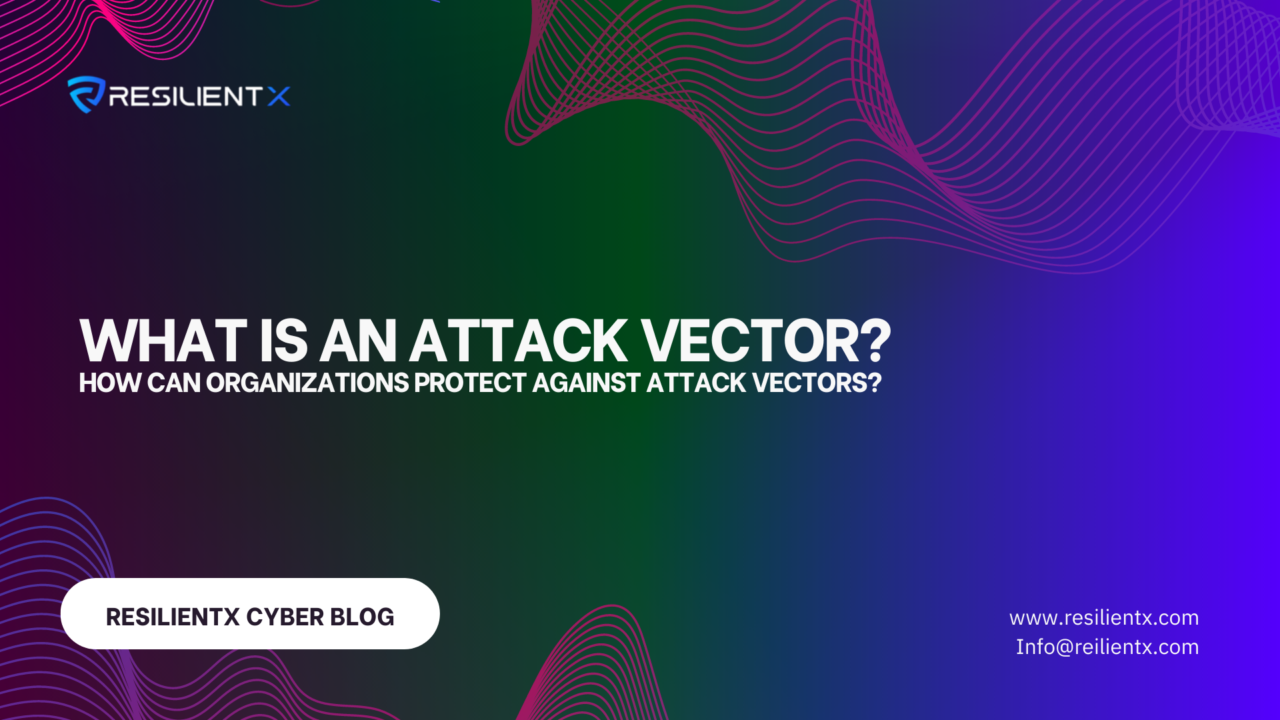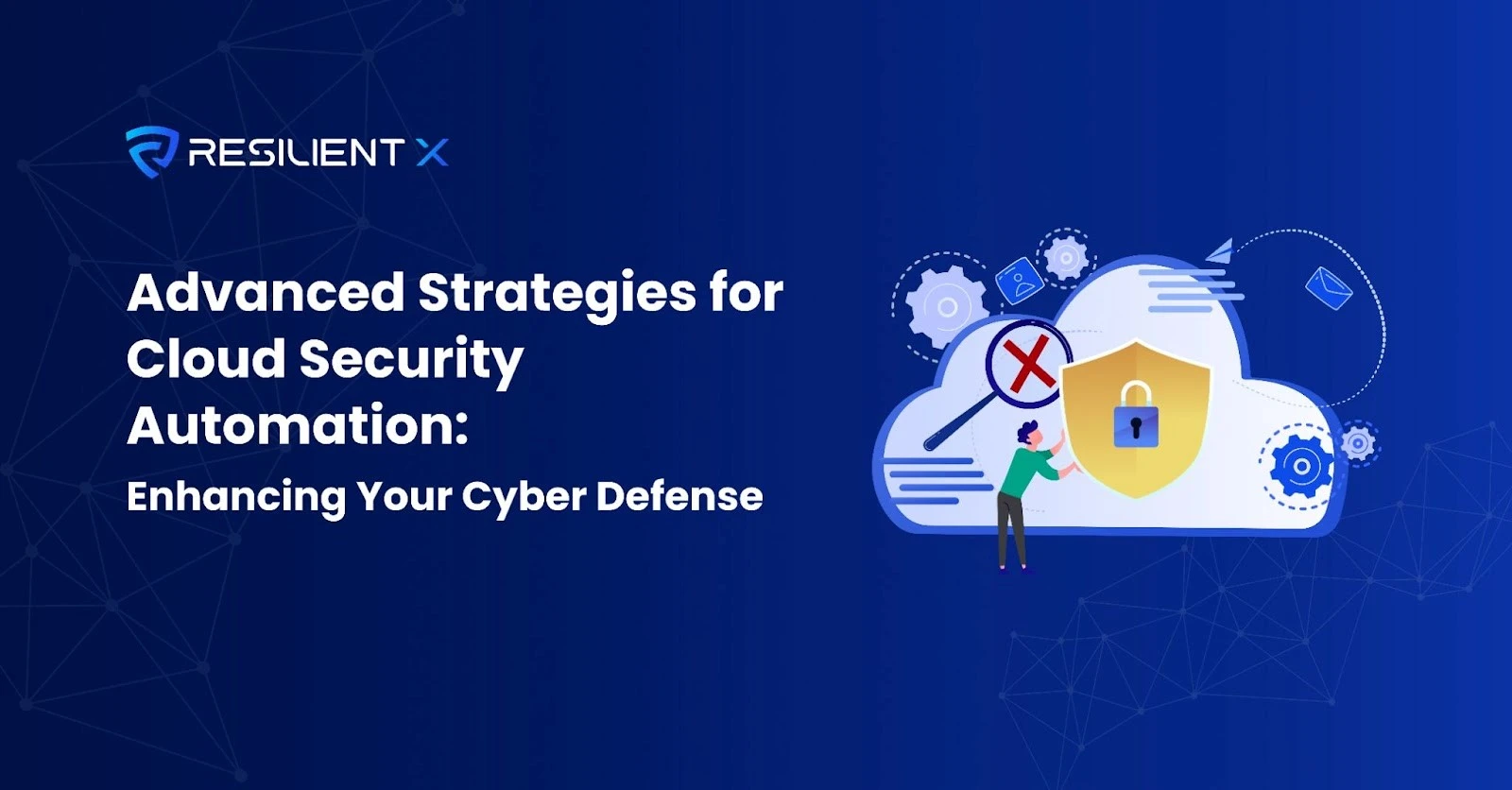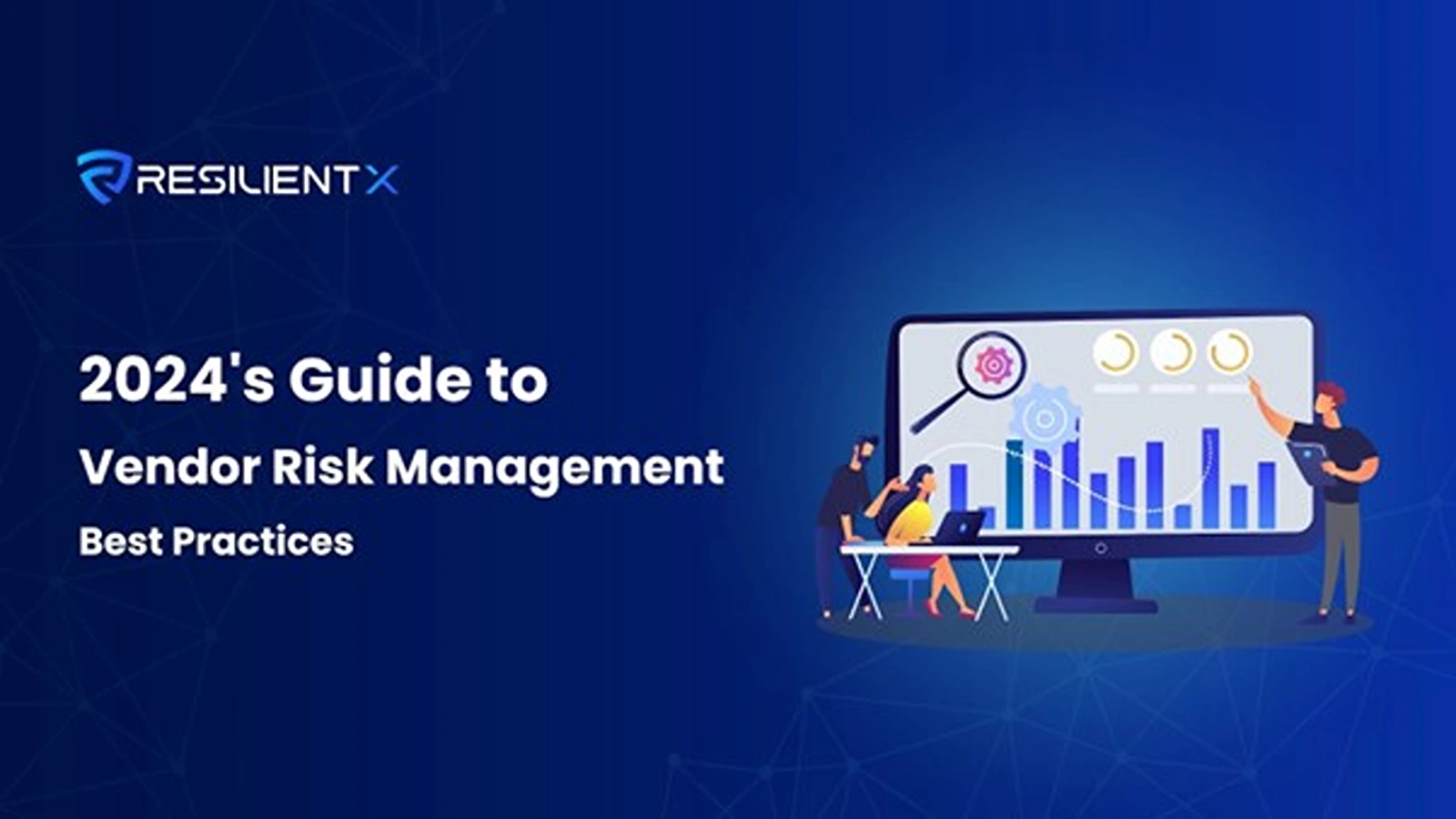
As cybercriminals continue to evolve their tactics, it’s important for organizations to stay informed about the common attack vectors and how they can protect against them. In this blog post, we’ll define what an attack vector is and explore the most prevalent types of attacks in 2023. CISOs, CTOs, and IT managers will benefit from understanding these concepts to improve their organization’s cybersecurity posture.
What is an Attack Vector?
An attack vector refers to the method used by cybercriminals to gain unauthorized access and launch a cyber attack. Attack vectors can include malware, viruses, email attachments, web pages, instant messages and social engineering. Understanding how attackers exploit these vectors is crucial in preventing data breaches which are expensive to remediate. Passive attacks refer to attempts made on systems without affecting system resources while active attacks seek to alter or affect a system’s operation such as exploiting unpatched vulnerabilities or ransomware attacks. It is important for organizations to employ defense in depth strategies that target known threats and continuously monitor for new ones in order to minimize cybersecurity risks.
Difference Between an Attack Vector and Threat Vector
An attack vector refers to the means used by cybercriminals to exploit vulnerabilities in a target system, while a threat vector describes the type of attack that can be launched through an attack vector. It is crucial for security professionals to understand both terms as they help identify and mitigate potential risks. Attack vectors include malware, phishing attacks, and social engineering among others, with cyber threats continuing to grow as attackers look to exploit unpatched or zero-day vulnerabilities listed on CVE and the dark web. Employing defense in depth is necessary for minimizing cybersecurity risk.
What types of attack vectors are most common?
The most common attack vectors in cybersecurity include malware, viruses, email attachments, web pages, pop-ups, instant messages, text messages, and social engineering. However, cyber threats continue to evolve, and cybercriminals are constantly looking to exploit unpatched or zero-day vulnerabilities listed on CVE and the dark web. It is important for organizations to employ a defense in depth approach to minimize cybersecurity risk and prevent potential data breaches. Attackers can exploit attack vectors in various ways, including through compromised or weak credentials, insider threats, missing or poor encryption, misconfiguration, ransomware, phishing attacks, and vulnerabilities. It is crucial for CISOs, CTOs, and IT managers to stay informed and invest in the right tools and training to protect their organization from these attack vectors.
How to Defend Against Common Attack Vectors
To defend against common attack vectors, it is important to have a strong security posture. Implementing multi-factor authentication and regular security awareness training can help prevent phishing attacks. Keeping software up-to-date with the latest patches also reduces vulnerabilities that attackers could exploit.
Another effective defense strategy is to segment networks and limit access privileges. This helps contain potential breaches while minimizing the impact on critical systems or data. Additionally, regularly performing vulnerability assessments and penetration testing can identify weaknesses in your network before they are exploited by attackers.
In the world of cybersecurity, knowing your enemy is half the battle. Attack vectors are methods used to gain unauthorized access and launch cyber attacks. In this blog post, we’ll cover what an attack vector is and common types of attack vectors in 2023 that CISOs, CTOs, IT managers need to be aware of to protect their organizations’ sensitive data from breaches.
What is an Attack Vector?
In cybersecurity, an attack vector is a method used by hackers to gain unauthorized access to a network or computer system. Attack vectors can include malware, viruses, email attachments, web pages, pop-ups and social engineering tactics. It’s important for organizations to employ defense in depth strategies as relying solely on antivirus software is no longer sufficient in today’s increasingly sophisticated threat landscape.
Passive attack vectors involve attempts to make use of information from the system without affecting system resources such as phishing scams while active cyber attacks attempt to alter or affect the operation of systems such as ransomware and man-in-the-middle attacks. Other common types of attack vectors include compromised credentials, weak passwords and insider threats along with missing or poor encryption configurations which could lead to data breaches if exploited by hackers.
Difference Between an Attack Vector and Threat Vector
Attack vectors and threat vectors are often used interchangeably, but they have different meanings in cybersecurity. An attack vector refers to the method that cybercriminals use to gain unauthorized access or launch an attack on a system. A threat vector, on the other hand, is the potential way that hackers can exploit vulnerabilities in a network or computer system.
Examples to differentiate between attack and threat vectors include phishing attacks as an attack vector and email attachments as a threat vector; malware as an active attack vector exploits and typosquatting as passive. Organizations must employ defense-in-depth strategies like using multi-factor authentication (MFA), regularly patching systems, automating configuration management where possible, encrypting sensitive data both at rest/in transit whenever possible as well being vigilant for phishing scams with training programs will reduce risk factors from both types of vectors.
What is the difference between an attack vector and an exploit?
An attack vector is a method of gaining unauthorized access to a network or computer system, while an exploit is a specific technique or code that takes advantage of a vulnerability in a system or application to carry out an attack. In other words, an attack vector is the means by which an attacker gains access, whereas an exploit is the tool or technique used to exploit a vulnerability in the system or application. Attack vectors can include methods such as phishing, social engineering, or malware, while exploits can include specific code or techniques designed to take advantage of vulnerabilities in software or hardware.
How Do Attackers Exploit Attack Vectors?
Attackers exploit attack vectors through a variety of methods, including social engineering techniques and the use of common types of malware. Social engineering involves tricking individuals into divulging sensitive information or granting access to secure systems. Common types of malware include viruses, email attachments, web pages, pop-ups, instant messages, text messages and ransomware.
Social engineering involves tricking individuals into divulging sensitive information or granting access to secure systems, which is why organizations must educate staff on how to identify phishing attempts.
To detect and prevent attacks through attack vectors organizations must employ defense in depth strategies that go beyond relying solely on antivirus software. This includes implementing tools such as password managers and multi-factor authentication for secure credential management; regularly monitoring for data exposures and leaked credentials; using SSL certificates to encrypt data transmissions; preventing misconfiguration by automating configuration management where possible; maintaining a plan for defending against ransomware attacks including system patching and data backups; educating staff on how to identify phishing attempts; conducting regular vulnerability assessments and patching any vulnerabilities found.
How to Defend Against Common Attack Vectors
To defend against common attack vectors, it is important to stay up-to-date with the latest security patches and software updates. Attackers often exploit vulnerabilities in outdated systems. Implementing multi-factor authentication can also add an extra layer of protection to critical accounts and data.
Another essential defense technique is user education and awareness training. Social engineering attacks are becoming increasingly sophisticated, making it crucial for employees to be able to recognize phishing emails or suspicious links. Regularly testing your organization’s defenses through simulated attacks can identify weaknesses that need to be addressed before a real attack occurs.
How can organizations protect against attack vectors?
Organizations can protect against attack vectors by implementing a multi-layered defense strategy, also known as defense in depth. This includes:
1. Conducting regular security audits and risk assessments to identify vulnerabilities and potential attack vectors.
2. Implementing strong access controls, such as two-factor authentication and password managers, to reduce the risk of compromised or weak credentials.
3. Educating employees on cybersecurity best practices and how to identify and report potential threats, including phishing scams.
4. Implementing encryption and secure transmission protocols to protect sensitive data in transit and at rest.
5. Keeping software and systems up to date with the latest patches and security updates to address known vulnerabilities.
6. Employing network segmentation and firewalls to limit access to sensitive systems and data.
7. Implementing intrusion detection and prevention systems to monitor for suspicious activity and potential attacks.
8. Conducting regular backups of important data to minimize the impact of a ransomware attack or data breach.
By taking a proactive approach to cybersecurity and continuously monitoring for potential attack vectors, organizations can reduce the risk of a successful cyber attack and protect their sensitive data and assets.
Conclusion
In conclusion, attack vectors are a significant threat to organizations, and it is essential to take a proactive approach to cybersecurity to protect against them. Implementing a multi-layered defense strategy, conducting regular security audits and risk assessments, educating employees on best practices, and keeping software and systems up to date are all critical steps in minimizing risk. By taking these measures, organizations can reduce the chances of successful cyber attacks and protect their sensitive data and assets. It is also important to remember that the threat landscape is constantly evolving, and staying informed and adaptable is crucial in maintaining a strong defense against attack vectors.



